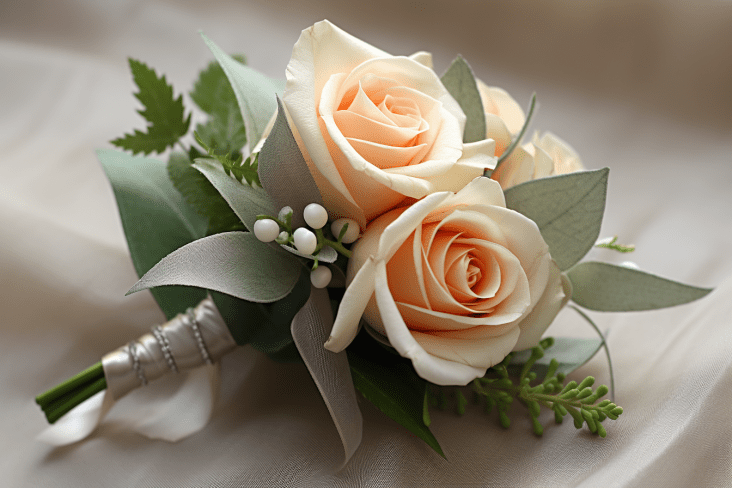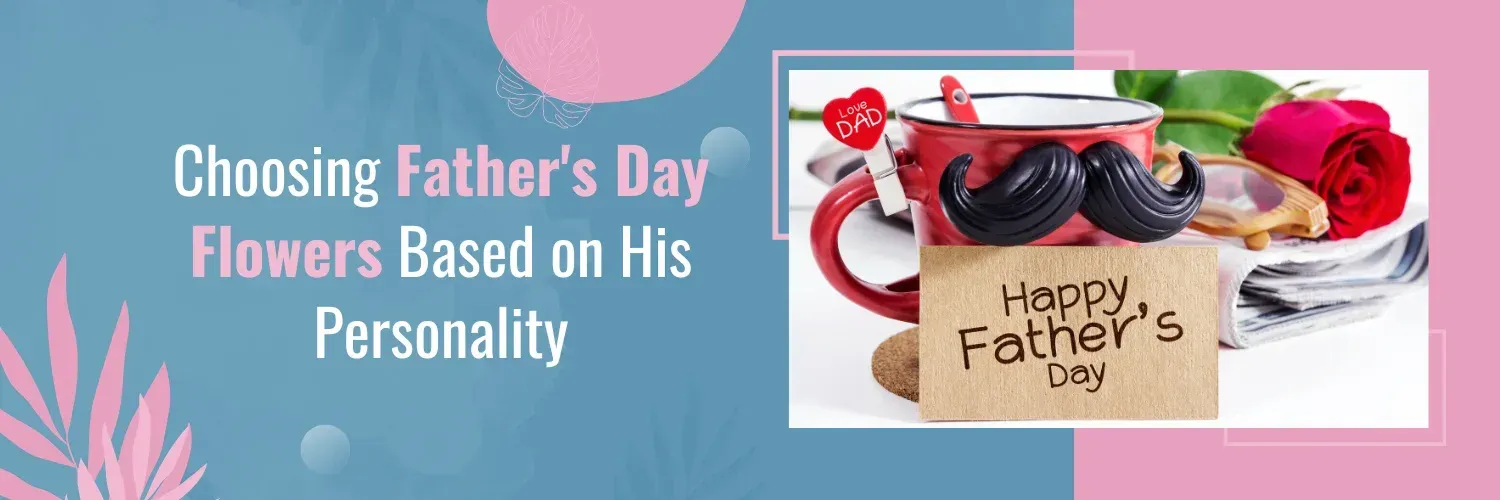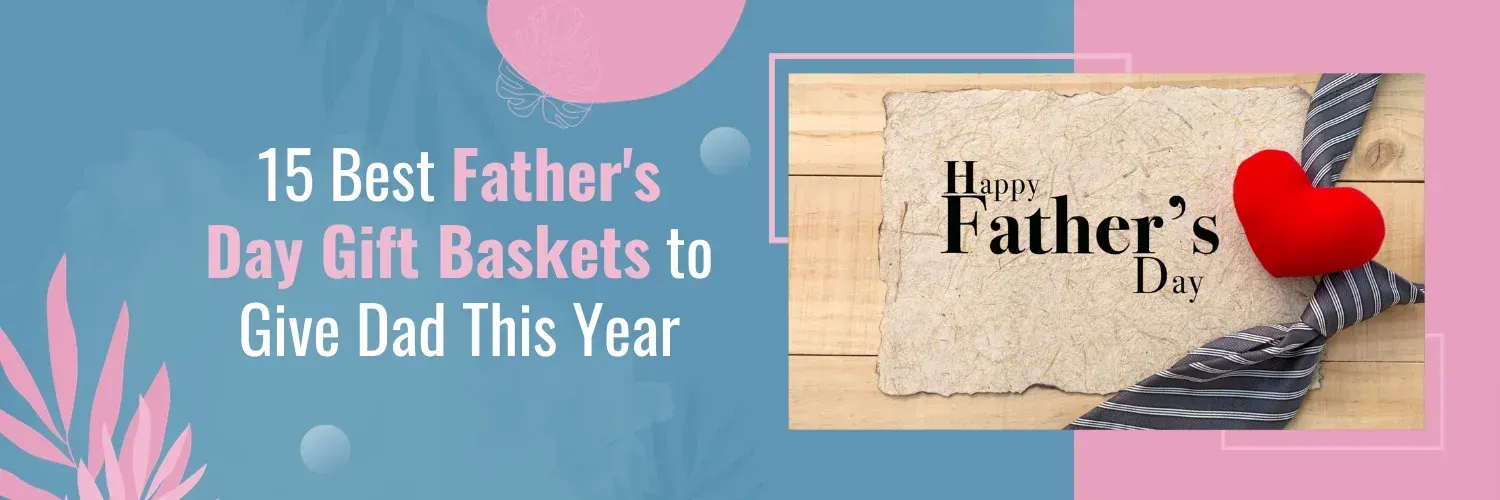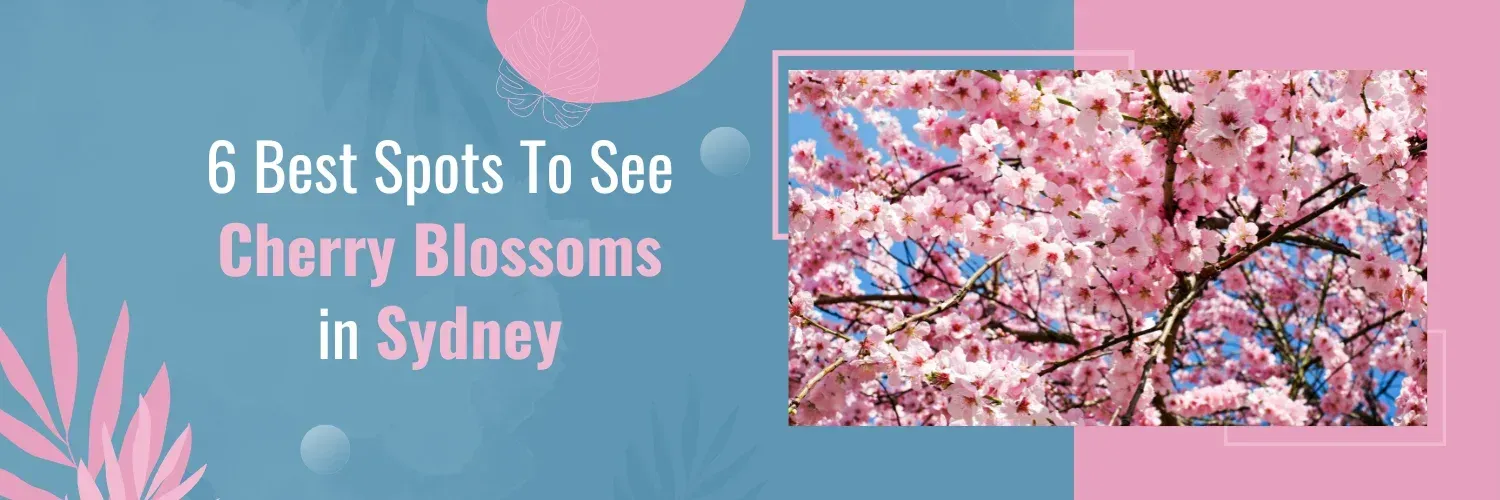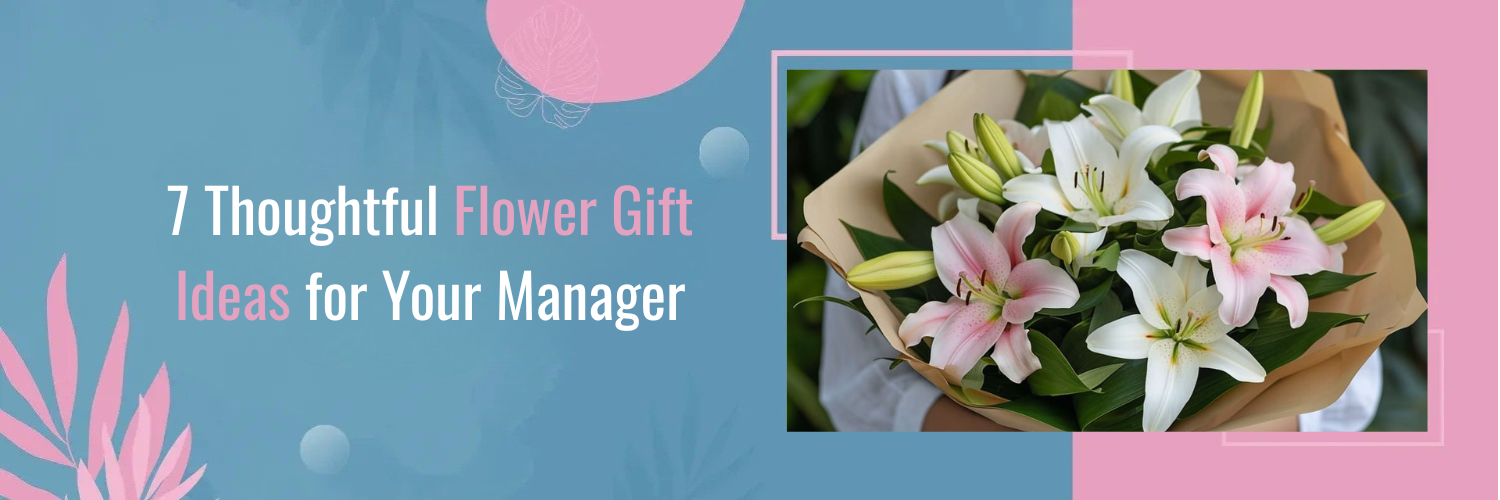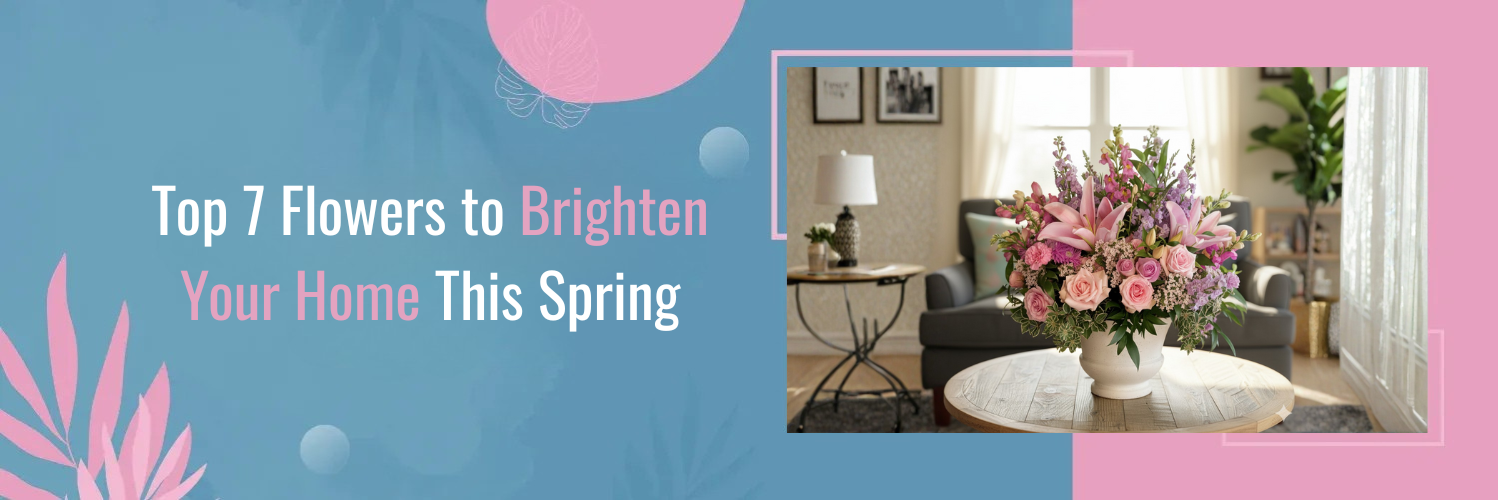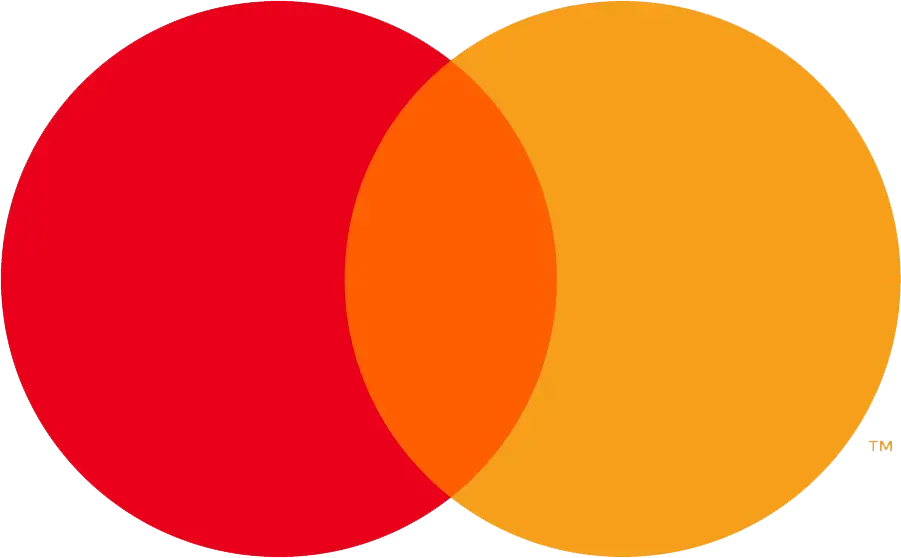
Prom night, a rite of passage for many high school students, is an evening filled with glamour, excitement, and memories in the making. But beyond the sequins, tuxedos, and dance-floor anthems, flowers have been an integral part of the prom experience. The tradition of gifting and wearing flowers during prom night, much like other aspects of this celebration, has evolved over the years. Let’s take a journey through time to understand the fascinating evolution of prom flowers.
The 1920s and 1930s
The origins of prom flowers can be traced back to the early 20th century when formal dances became popular in American high schools. Corsages, derived from the French word ‘bouquet de corsage’, meaning a bouquet
of the bodice, became fashionable. In these early days, roses, especially red ones, and carnations were the go-to flowers. They symbolized romance and were worn pinned to the dresses.
The 1940s and 1950s
With the world recovering from the effects of World War II, proms became more extravagant events, and the tradition of the prom court and the crowning of the prom queen became more widespread. Orchids, with their exotic appeal, became the coveted flower of choice. Corsages transitioned from being pinned to dresses to being worn on wrists, a trend that continues to this day.
The 1960s
This decade was marked by bold fashion choices and significant societal changes. Floral trends echoed the spirit of the times with brighter colors and bigger bouquets. Daisies, representative of the free spirit of the 60s, gained popularity.
The 1970s
Prom flowers in the 70s reflected the bohemian and free-spirited vibes of the era. Flower crowns, made popular by the hippie movement, found their way into prom fashion. Earthy tones and wildflowers were preferred over traditional blooms.
The 1980s
Big hair, bright colors, and excess defined the 80s, and prom flowers were no exception. Larger corsages with a mix of flowers, including baby’s breath and lace, were trendy. The boutonniere, a counterpart for the male attendees, also became a standard.
The 1990s and 2000s
There was a shift towards personalization. Teens started to opt for flowers that matched their dresses and personal style. Exotic flowers
, like lilies and even tropical blooms, became popular. The idea was to stand out and be unique.
The 2010s and Beyond
The rise of social media and the growing awareness of sustainability influenced prom flower choices. Dried flowers, succulents, and eco-friendly options became trendy. There’s also a re-emergence of vintage styles, with many opting for retro-inspired corsages and boutonnieres.
Flowers for Prom Through the Decades

Corsages and boutonnieres have been integral to prom nights for generations. Initially, simple roses or carnations adorned the wrists or lapels of prom attendees. As time passed, flowers began to echo the evolving fashion trends and personal expressions. Orchids, lilies, and daisies entered the scene, each decade favoring a particular bloom, thereby telling its own floral tale of changing preferences and tastes.
Prom Flower Ideas in 2024
Here are the hottest flower trends that are captivating enthusiasts and casual admirers alike:

1. Dried and Preserved Flowers
Fresh flowers are taking a back seat as dried and preserved blooms steal the show. Not only do they last longer, but they also bring a vintage vibe that’s totally in. From pampas grass to dried lavender, these muted treasures add interesting texture to any arrangement.
2. Exotic Blooms

Thanks to easier travel, we’re seeing a surge in interest for flowers from far-flung places. Birds of Paradise, proteas, and orchids are the stars of the show, injecting a tropical touch and a bit of exotic flair.
3. Monochromatic Arrangements

Less is more! Monochromatic bouquets, featuring different shades of one color, are having a moment. They’re chic, sophisticated, and create a seamless, polished look.
4. Sustainable and Eco-Friendly Choices
Everyone’s jumping on the eco-train. Florists and customers alike are going green, choosing locally grown flowers, cutting down on waste, and picking blooms grown without harmful chemicals.
5. Edible Flowers

Who says flowers are just for looking at? Pansies, violets, and nasturtiums are crossing over from the garden to the kitchen, adding color and flavor to dishes, drinks, and even ice cubes.
6. Wild and Foraged
We’re getting back to nature with wild, untamed arrangements. Think wildflowers and foraged finds like branches and berries, giving bouquets that freshly-picked look.
7. Vibrant Color Palettes
It’s time to amp up the color! Bold, vibrant hues like deep purples, fiery oranges, and electric blues are stealing the show, bringing energy and optimism to the party.
8. Multi-Functional Flowers
Flowers that do more than just look pretty are all the rage. Whether they purify the air, have therapeutic scents, or can be used in beauty treatments, they’re winning hearts.
9. Return to Classics
Classic never goes out of style. Roses, tulips, and lilies are making a big comeback, especially when arranged in modern ways that give them a fresh twist.
10. Textured Accents
This year, it’s all about adding depth and interest. Unexpected textures like thistles, ferns, and even fruits are being thrown into the mix, making bouquets pop with personality.
What’s Out: Flower Styles to Avoid This Year

While the floral industry witnesses new trends blossoming, some styles are beginning to wilt away. It’s essential to be aware of what’s becoming passé, especially if you’re aiming for a modern and fresh approach. Here’s a roundup of flower styles that are losing their bloom this year:
1. Overly Manicured Bouquets
Tightly bound, symmetrical bouquets with perfectly placed flowers are being overshadowed by more relaxed, free-flowing flower arrangements. The contemporary preference leans towards an organic look that appears more natural.
2. Generic Flower Choices
Standard choices like basic daisies or generic carnations, which don’t offer much uniqueness, are on the decline. The move is towards blooms that tell a story or offer something different.
3. Overuse of Baby’s Breath
While Baby’s Breath had its renaissance moment in recent years, especially in rustic-themed weddings, its ubiquity has led to it becoming somewhat overused and clichéd.
4. Artificially Dyed Flowers
Flowers dyed in unnatural shades (think neon blue roses or bright green chrysanthemums) are fading out. The trend now emphasizes authentic beauty and natural hues.
5. Mismatched Elements
While eclectic designs have their charm, throwing together too many mismatched elements in a single arrangement now comes off as disorganized rather than avant-garde.
6. Non-Eco-Friendly Floral Foam
Environmental concerns are at the forefront of many industries, including floristry. Floral foam, which is not biodegradable and can leach harmful substances, is being shunned for more sustainable arranging methods.
7. Oversized Centerpieces

Monumental table centerpieces that obstruct views and dominate tablescapes are being replaced by more subtle, low-profile arrangements that facilitate conversation and connection.
8. Single-Use Floral Accessories
Items like floral crowns or corsages that are designed for one-time use and lack versatility are seeing a decline in preference. The move is towards items that can be repurposed or cherished long-term.
9. Overly Thematic Arrangements
While thematic arrangements (like tropical or winter wonderland themes) can be fun, going overboard makes them appear kitschy. The current preference is for arrangements that evoke a mood or feeling without being too literal.
10. Excessively Fragrant Blooms Indoors
Strongly scented flowers, when used in indoor settings like small event spaces or homes, can be overpowering. Less fragrant options or a balanced mix is the way to go to ensure the scent doesn’t become overwhelming.
Tips on Selecting the Perfect Flower for Your Prom Look
Prom night is a significant milestone in a teenager’s life, and every detail matters—from the dress to the shoes, from the hairstyle to the accessories. One tradition that adds elegance to this memorable event is the inclusion of flowers. Here are some tips to ensure you select the perfect flower to complement your prom look:

1. Match or Complement Your Dress Color
- Same Shade: A corsage or boutonnière in the same color as your dress creates a cohesive look.
- Contrasting Colors: If you’re wearing a solid color dress, consider a contrasting flower. For instance, white flowers with a red dress or deep purple blooms with a yellow gown.
- Neutrals: If your dress has multiple colors or intricate patterns, neutral flowers like white or soft pastels can be a safe choice.
2. Consider Dress Style and Texture
A satin or silk gown might resonate better with soft, silky flowers like roses or orchids. On the other hand, a rustic or bohemian dress may pair beautifully with wildflowers or daisies.
3. Reflect Your Personal Style
Your flower choice should mirror your personality. If you’re someone who loves to stand out, opt for bold, exotic blooms. If you lean towards classic styles, timeless flowers like roses or lilies might be your go-to.
4. Think Beyond Traditional Blooms
While roses, orchids, and carnations are classic choices, don’t be afraid to consider non-traditional options. Succulents, for instance, have become a trendy and long-lasting alternative.
5. Take Allergies into Account
If you or your date have allergies, choose hypoallergenic flowers like roses, daffodils, or orchids, and avoid flowers with strong scents or pollen.
